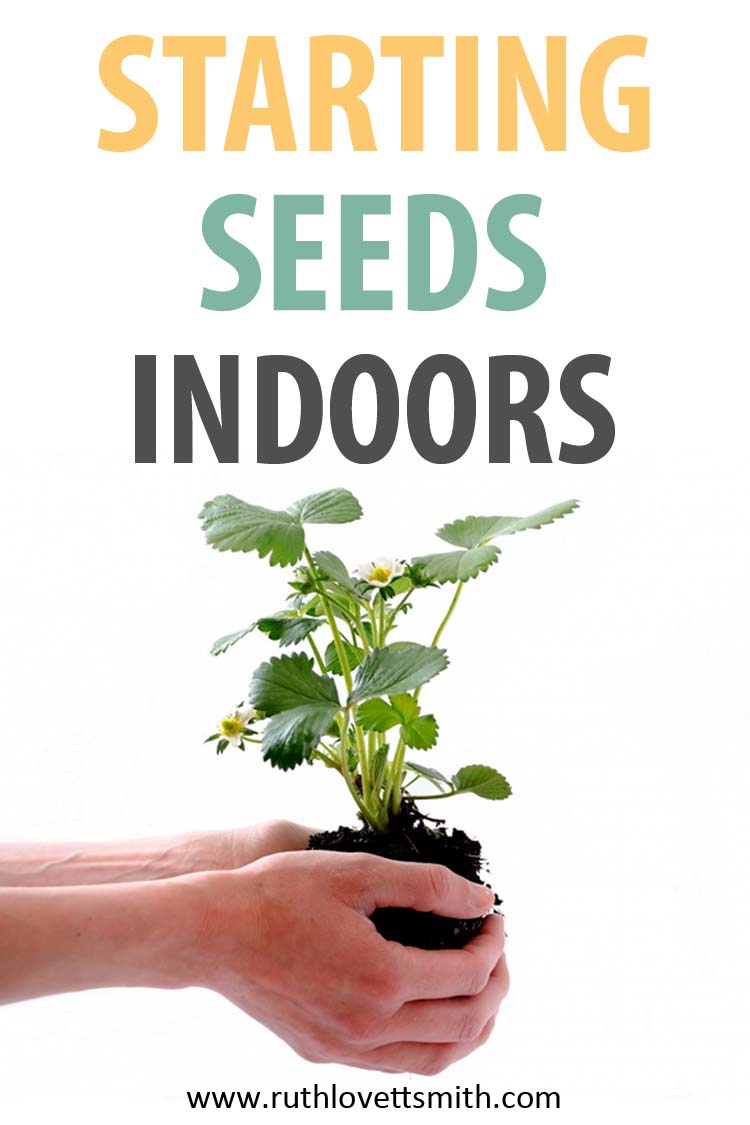Starting Seeds Indoors – Indoor Seed Starting Tips
This post may contain affiliate links. For more information, see my full disclosures here.
Starting seeds indoors is a great way to learn a new hobby, grow your own flowers and vegetables, and save money.
I finally did it. I set aside a recent and unseasonably warm afternoon to start my seeds. It’s a little early in my zone 5 Massachusetts town, however I’m not alone. I’ve been receiving emails for weeks from people who already have sprouts. Needless to say, I felt a bit behind. However, I love starting seeds indoors.
The last two years have not been successful in our small vegetable garden. Last year being the worst. Call it climate change. Call it a bad run of luck. I’m hesitant to put the work, and effort, into it this year. Then I start to think about the warm days of spring, and heirloom tomatoes in the summer. I don’t really have a choice. I love organic home grown vegetables, and I love to garden.
So I started my seeds, and this year I am taking it easy.
Here’s what I’ve planted thus far:
Tomatoes
Sun Gold
Mixed Heirloom (variety)
Husk
Sweet Cherry
Paste
Leeks
Peppers
Sweet variety
Herbs
Stevia
Basil
Parsley
This is the second year that I’ve used a soil blocker. A soil blocker is a great little metal mold, that turns special seed starting soil into compact squares for seed starting. There are numerous benefits, to using a soil blocker, that I cover in my post Soil Blocker – Starting a Garden from Seeds.
The seeds are starting to sprout already. They are sitting under grow lights in our basement for approximately 16 hours a day. I plan to harden them off in early to mid May, and hope to get them in the ground end of May, around Memorial Day. It seems so far away; but with the time change and lengthier days–it will be here before we know it.
Indoor Seed Starting Tips
- Purchase your seed starting supplies early. Stores often run out of supplies, later in the season.
- Start your seeds approximately 4-6 weeks before the last frost date in your zone. Check your seed packet as some seeds take longer to germinate.
- Cover your seeds until they sprout. This helps to keep warmth and moisture in the soil.
- Seeds and seedlings need lots of light. An extremely sunny window, greenhouse, or grow lights work best.
- Plant your seedlings in your garden after the last frost date in your area.

